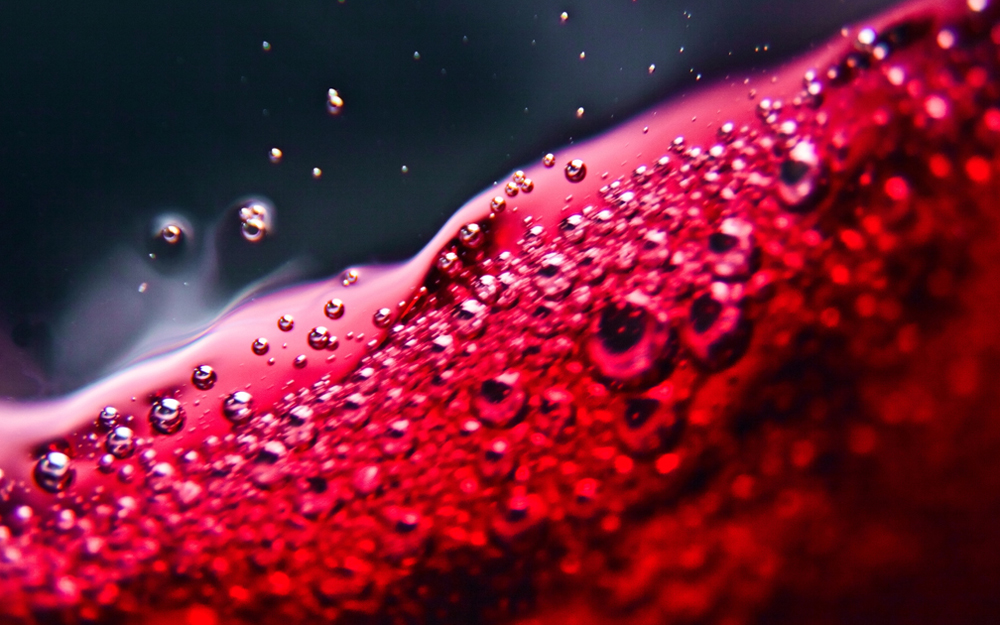Red Wine: Is It Good for You or Not?
Date
April 16, 2017

Date
April 16, 2017
Credits
Medical providers featured in this article
In Brief
{{cta-block}}
Does red wine have health benefits? And if so, how much wine is good for you and how much is too much?
Headlines play both sides, touting red wine as a virtue or condemning it as a vice. But which is the right answer? It's more complicated than a simple yes or no. To get to the bottom of it, we turned to our doctors.
Red Wine and Heart Health
Dr. P. K. Shah, director of the Cedars-Sinai Atherosclerosis Prevention and Management Center and a cardiologist with decades of experience, has answered this question many times.
His take on red wine and heart health might surprise you:
"The totality of evidence suggests that one drink a day for men and half a drink a day for women is either neutral to your health or beneficial," says Dr. Shah. "And the type of alcohol doesn’t seem to matter." You could choose wine, beer, or other distilled alcohol.
Red Wine and the Risk of Breast Cancer
Some research suggests that red wine may reduce one risk factor for breast cancer. A Cedars-Sinai study published in 2012 in the Journal of Women’s Health challenged the belief that all types of alcohol consumption heighten the risk of developing breast cancer.
Doctors determined long ago that alcohol increases the body's estrogen levels, fostering the growth of cancer cells. But this study found that chemicals in red wine (from the skins and seeds of red grapes) slightly lowered estrogen levels among premenopausal women who drank 8 ounces of red wine nightly for about a month. This suggests that red wine may stem the growth of cancer cells.
Size Matters
What matters more than what you're drinking is how much you're drinking.
Typically, a drink in a restaurant or bar is more than a single serving of alcohol. In one study, wine was typically poured at 43% more, draft beer 22% more, and mixed drinks 42% more.
The recommended serving sizes for alcoholic beverages are:
- 12 ounces of regular beer (about 5% alcohol)
- 8-9 ounces of malt liquor (about 7% alcohol)
- 5 ounces of table wine (about 12% alcohol)
- 1.5 ounces of 80-proof distilled spirits, such as gin, rum, tequila, vodka, or whiskey (about 40% alcohol)
How Much Is Too Much?
Dr. Itai Danovitch, chair of the Department of Psychiatry at Cedars-Sinai and an expert on addiction, points to guidelines from the National Institute on Alcohol Abuse and Alcoholism, part of the National Institutes of Health.
High-risk drinking is defined as more than 14 drinks weekly for men or 7 weekly for women. Binge drinking is defined as 5 drinks at one time for men and 4 at one time for women. (The different standards are related to average body mass, fluid volumes, and metabolic rates.)
"Another way is to ask yourself whether you have had thoughts about cutting back your use, noticed that people close to you get annoyed by your drinking, felt guilty about your use, or began to drink early in the day," Dr. Danovitch says.
Also, pay attention to why you're drinking. Are you drinking to reduce anxiety or stress, or because you're having difficulty sleeping? These may be warning signs of drinking too much.
"Alcohol is not an effective long-term solution for these problems," he says. "Relying on it to self-medicate problems tends to perpetuate those problems."
There's also a genetic component, so if you have family members who have had problems with drinking or addiction, be extra vigilant. If you're concerned about how much you're drinking, talk to your doctor.
Dr. Danovitch also stresses that there are very effective treatments for those who need help to stop drinking.





